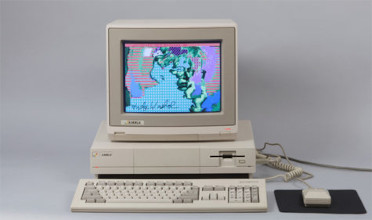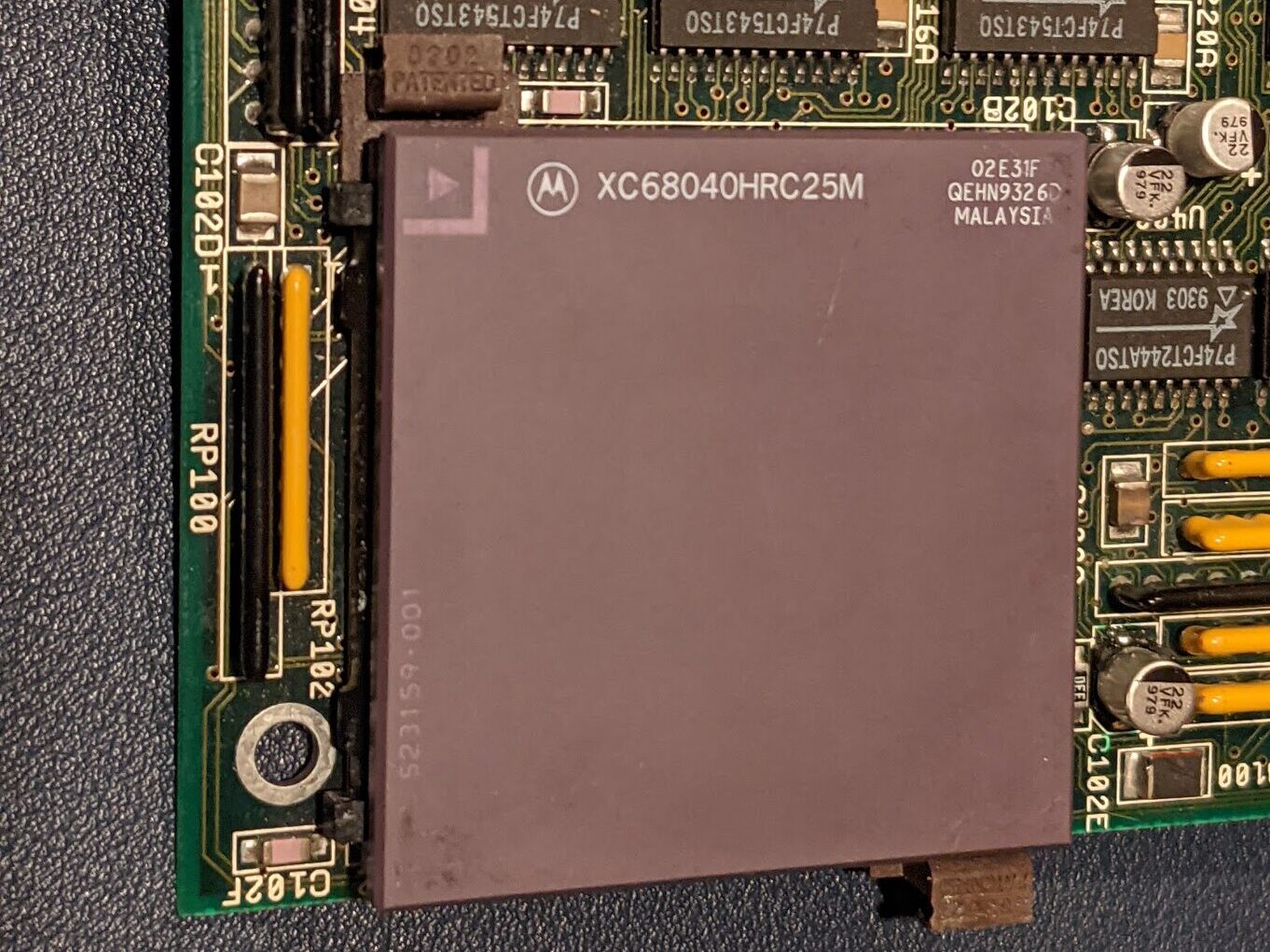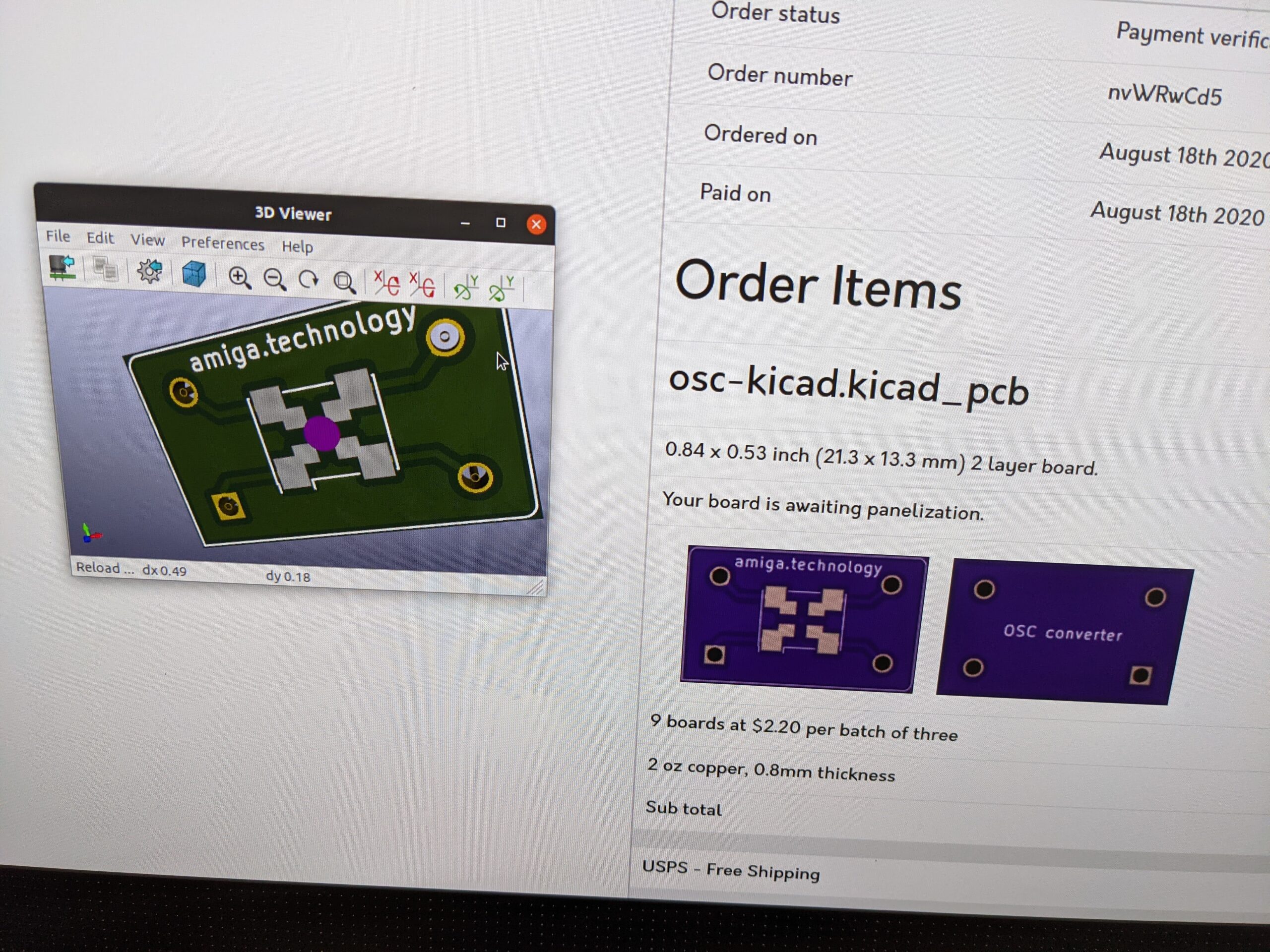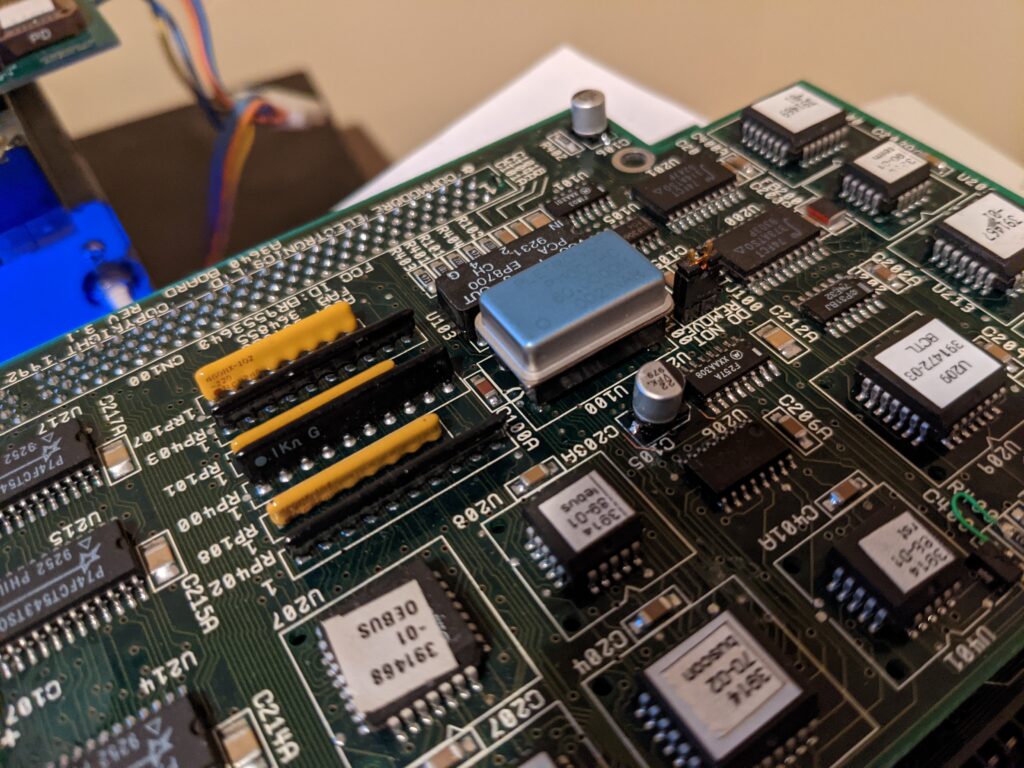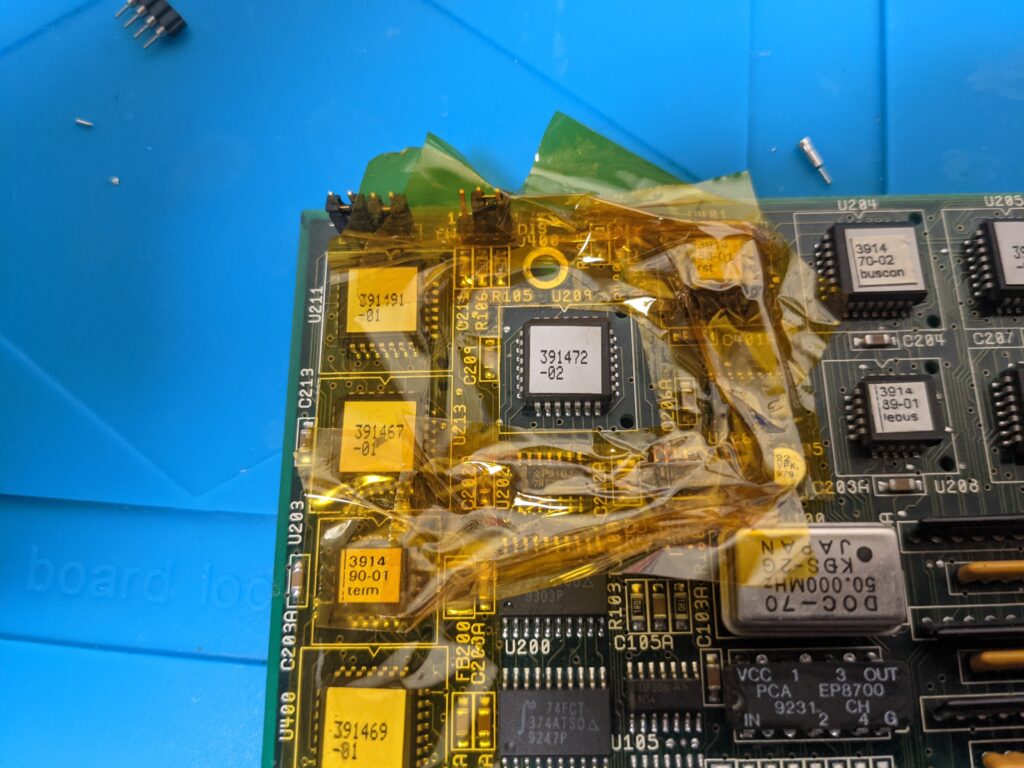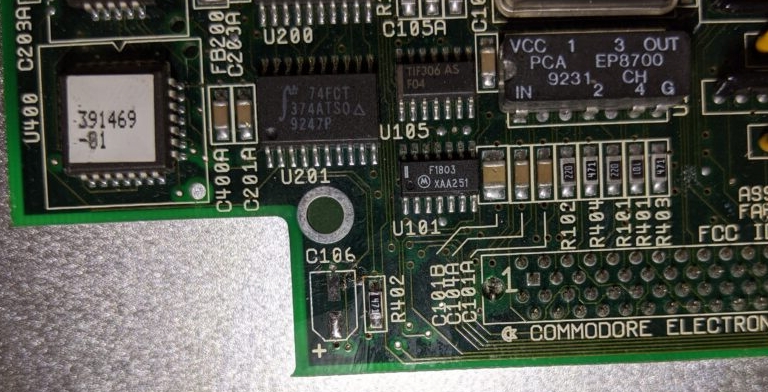… come in threes, they say, or “Aller guten Dinge sind drei” in my native tongue German. And so I set out to make a third and final attempt at reliably delivering great 68040-to-68060 adapters. Remember, earlier in my adventure I built one of these adapters with a PCB made by OSHpark. I was so excited, that I sold it on eBay and started to make another one. And failed. And another one. And… Well, you get the story here.
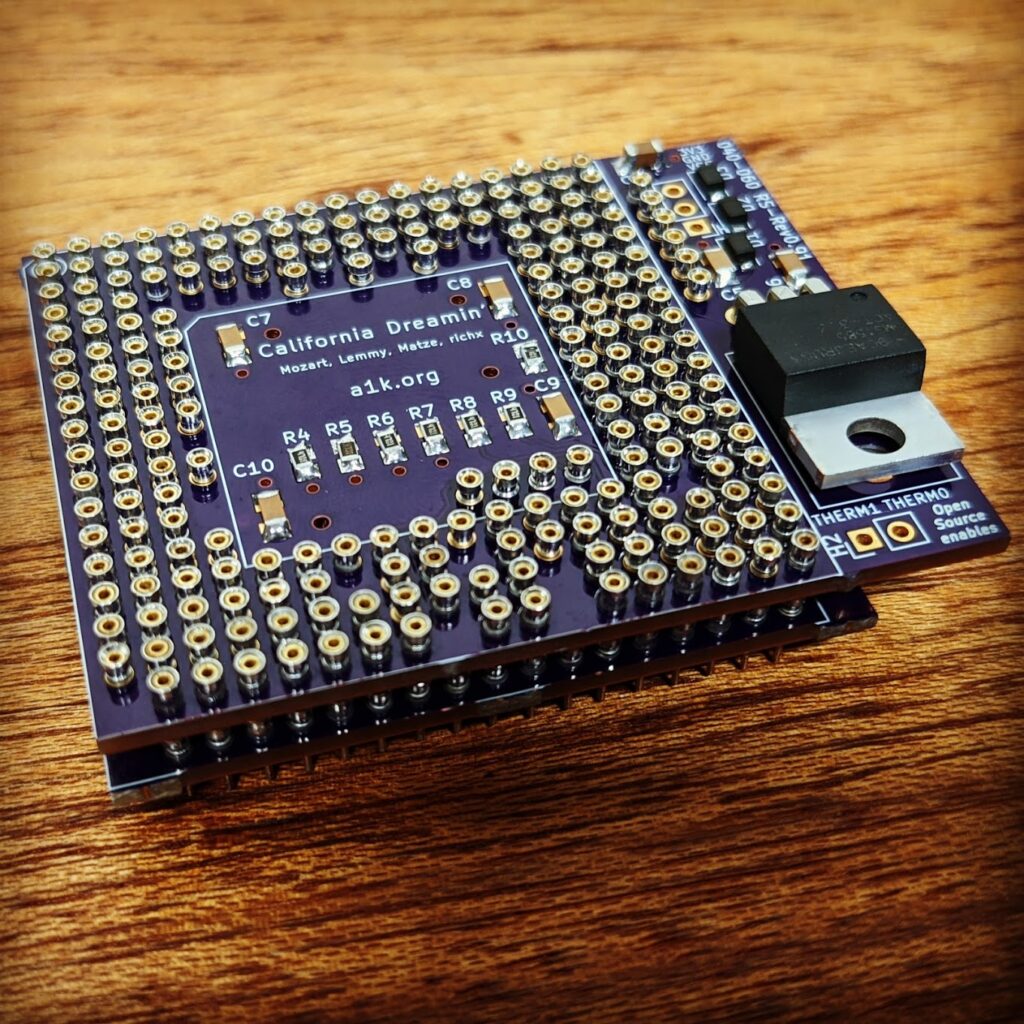
In my second attempt I found out, that I had forgotten to refresh the fill zones in KiCAD – What a rookie mistake, that left half a dozen 68060 PGA sockets dead, soldered onto PCBs where VCC and GND were never connected to the mainboard. The good news? No Amigas, and no 68060s were harmed in the production of that episode. But I promised, I would get this working. At least to myself. I had also disliked some of the characteristics of the old design.
- I had to dremel the sockets I got into shape because they tried to occupy the same space as the other parts on the PCB, in clear violations of the physical laws of this time-space.
- The interconnect between the two boards was oddly misaligned with the rest of the pins, making it impossible to use the substrate of the socket to keep them nice and tidy (and giving another reason for more dremeling. UGH)
- Compared to the original design the KiCAD version by richx used single resistors instead of resistor networks. For the sake of space, those could be replaced by nice little 0603 RNs.
An evening with KiCAD and a few more days of waiting on a PCBway delivery, and here it is:


